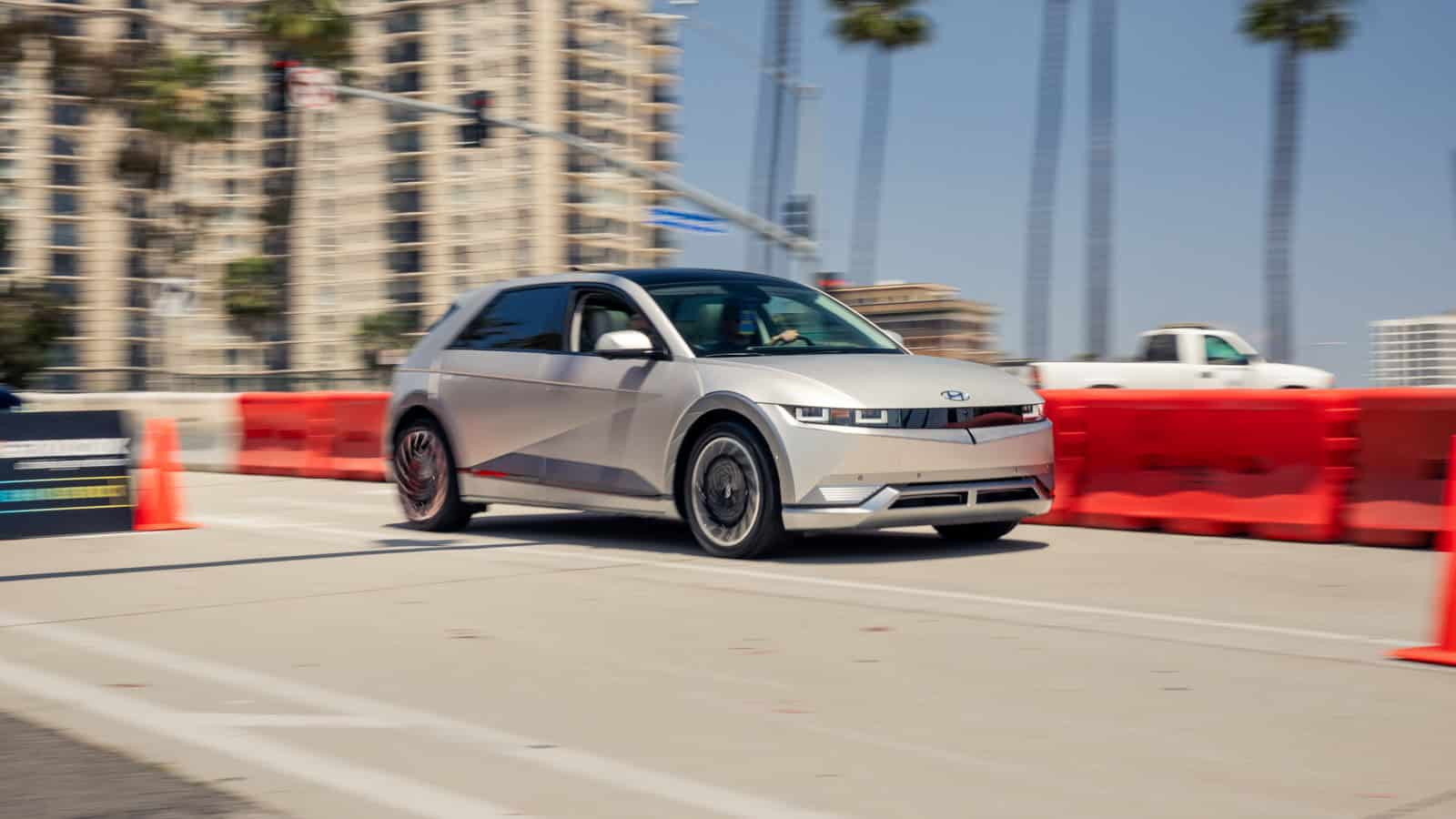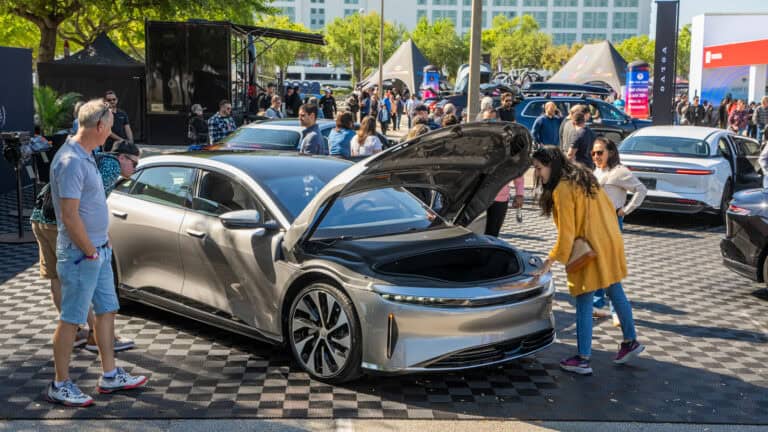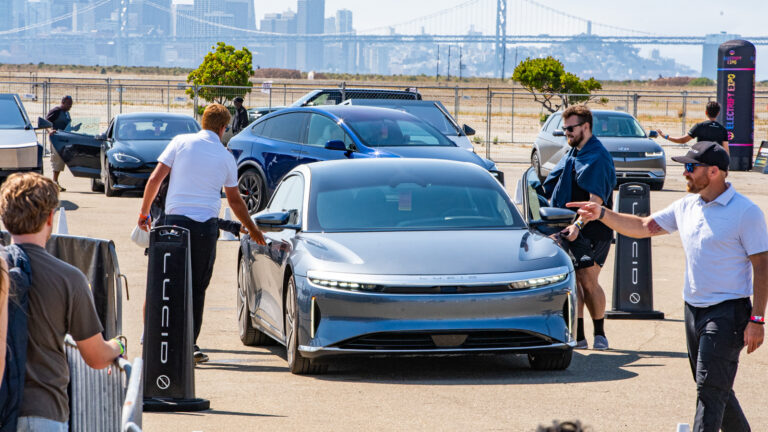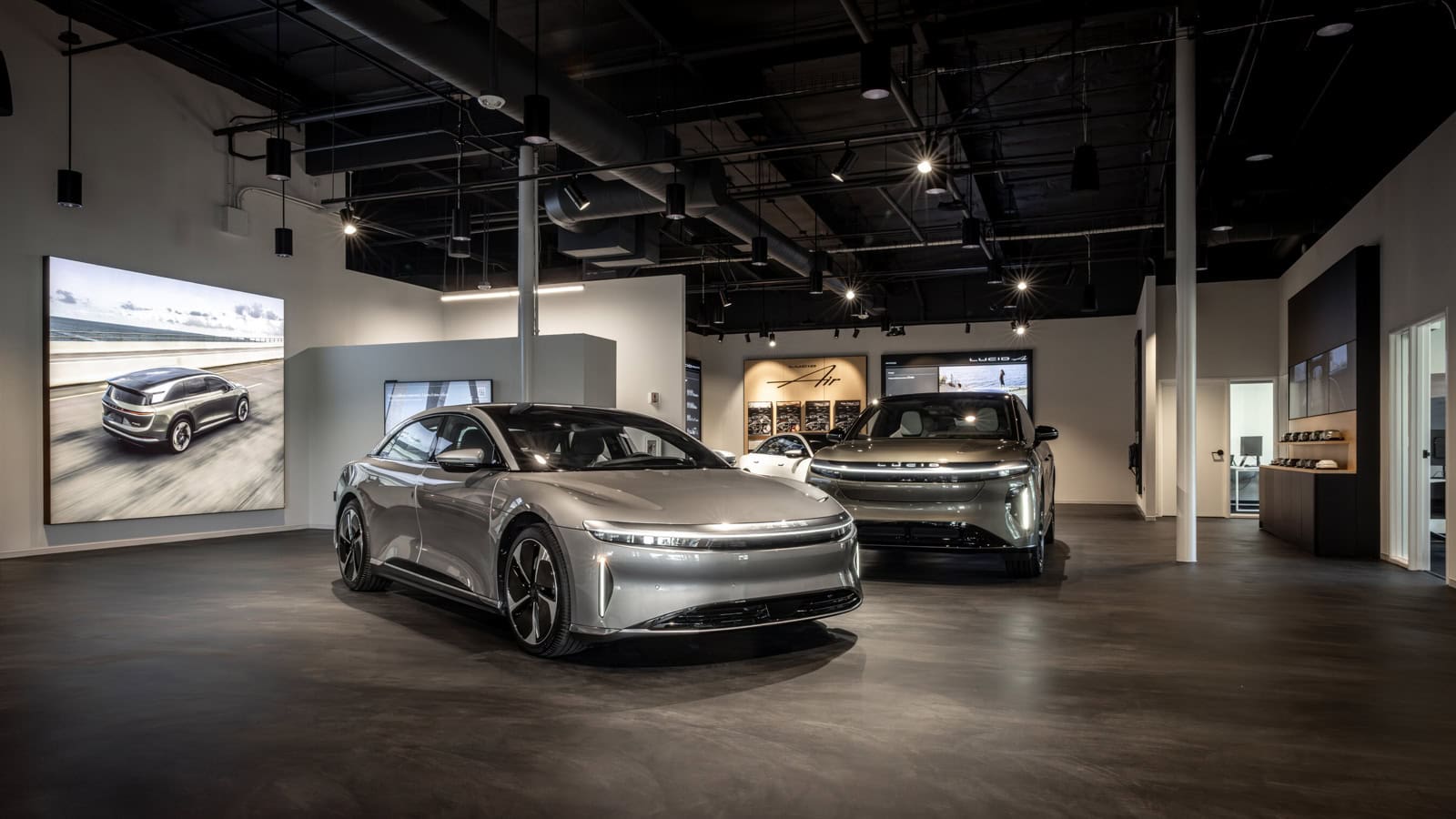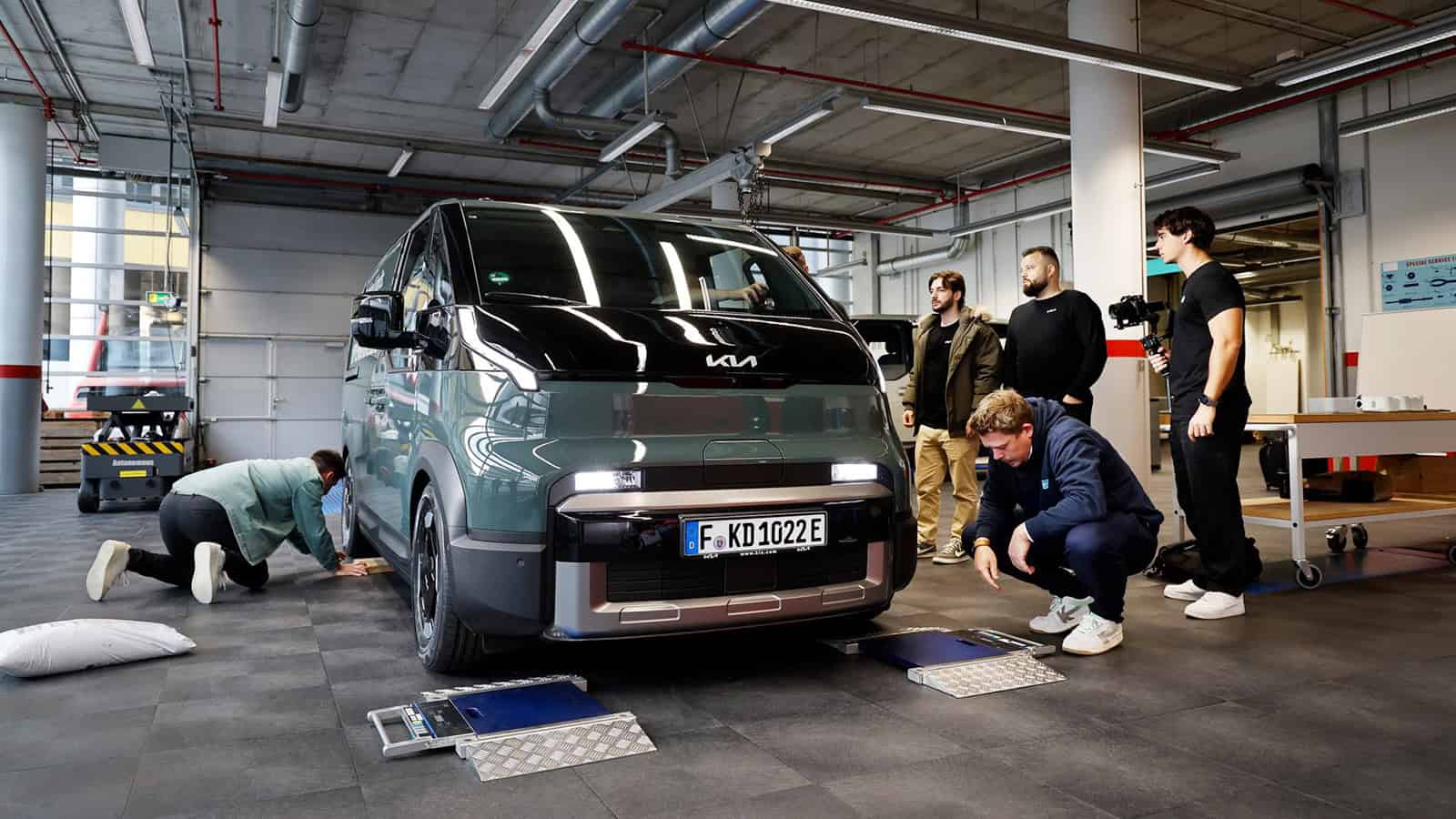- Improved, energy-efficient EVs could save consumers billions in the future.
- Two nonprofits collaborated on the report to advocate for decarbonization.
- Researchers call for modernizing the electrical grid and mineral supply chains.
The energy needed to power electric vehicles could be cut by half over the next 30 years, researchers say. Batteries must improve their efficiency, and the vehicles themselves must get lighter. But it can be done, and the cumulative effects of greater EV efficiency would be fruitful across the board.
ADVERTISEMENT
That’s according to a new report released last month. Commissioned by the Natural Resources Defense Council (NRDC) and the Electric Power Research Institute (EPRI) in a joint mission, the research presented suggests advances in efficiency could lower consumption as well as cost to the consumer.
The rise of battery-electric vehicles presents “a major new opportunity for efficiency” in the wider effort to reduce energy consumption, the report states. It outlines opportunities to make passenger cars sleeker and lighter, while drawing from a cleaner electrical grid as well.
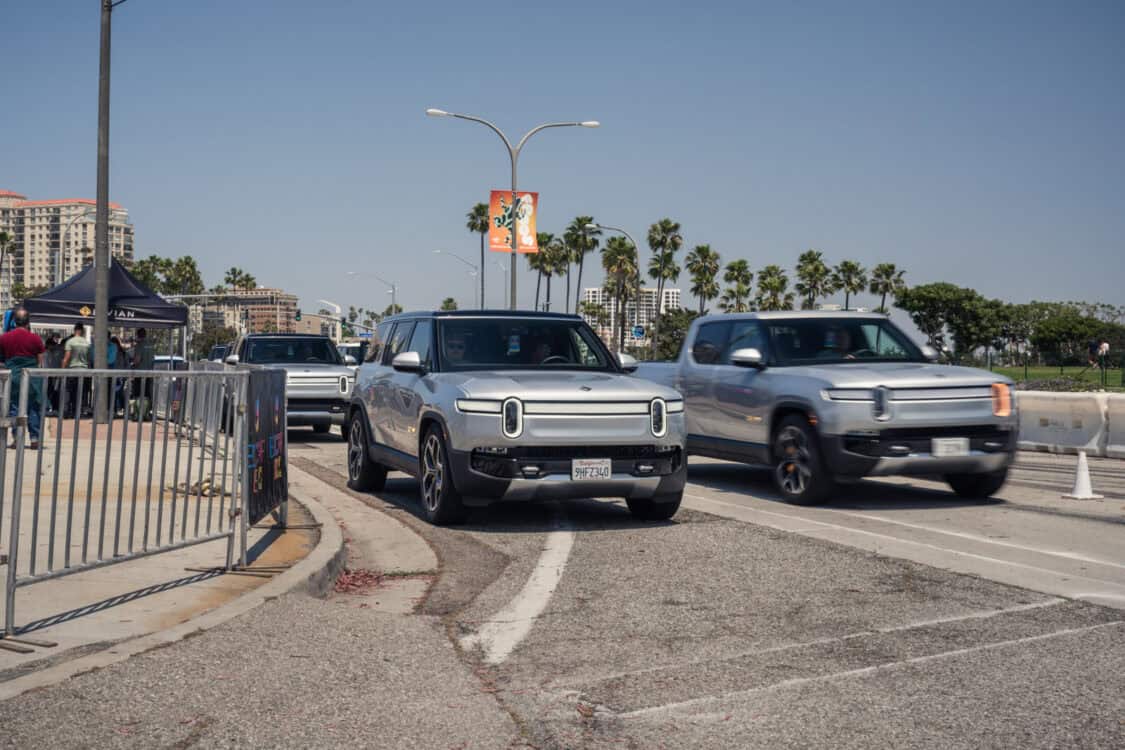
And if these efforts are successful?
A more efficient approach would significantly aid the fight against climate change, including the federal government’s mission to achieve net zero emissions by 2050. It could also save consumers an estimated $200 billion annually by 2050.
Biggest Takeaways From the Report
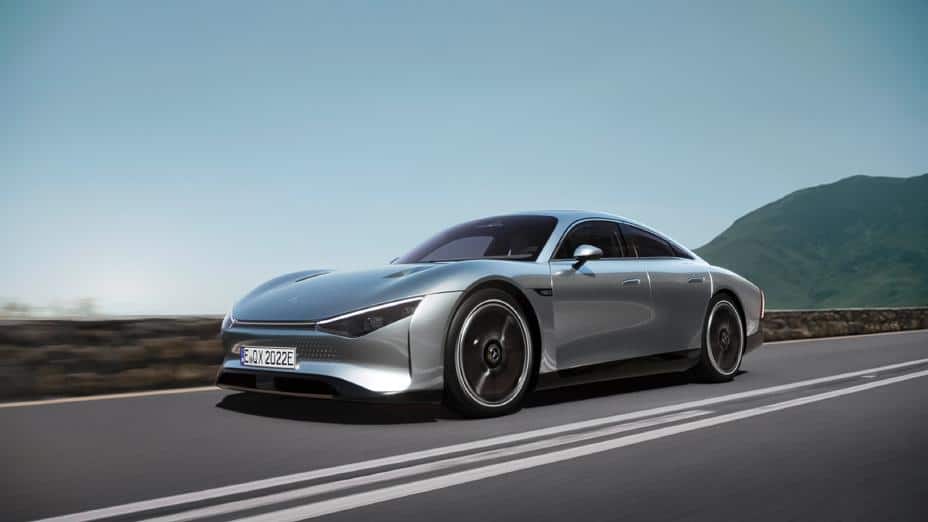
Electric vehicles by their very nature are already far more efficient that gas-powered, internal combustion cars and trucks.
That’s because they convert substantially more energy to propulsion rather than losing it to heat or noise. They also draw much more from renewable sources like wind and solar.
But there is plenty of room to improve. The report says that further advancements, such as mass adoption of energy-dense batteries or reduced weight and drag, could help EVs improve from an average 106 mpg-e today to 250 mpg-e or more in the future.
ADVERTISEMENT
Researchers pointed specifically to the Mercedes-Benz EQXX, an electric concept car introduced in 2022. The EQXX used advanced techniques such as lower tire rolling resistance, improved battery efficiency, lighter materials, and smarter packaging to improve efficiency. As a result, the EQXX doubled its range per kWh from 4 miles to 8 miles.
The report presumes that lessons from the EQXX could be applied to more electric vehicles, industry-wide. Doing so would cut costs to the consumer and cut overall energy usage from the grid. Those advancements could also be applied to provide more total range in a vehicle, or they target any combination thereof.
There are even larger possibilities outside the vehicles themselves. For instance, improved efficiency would reduce the need to continue building so-called “gigafactories” for battery production. It would also ease demand on electric infrastructure.
In fact, lessening the strain on an aging power grid is among the biggest benefits of all. Improved electric vehicles are projected to reduce total U.S. electricity demand more than 20% by 2050.
Growing Pains Are Inevitable

While there is plenty of encouraging news in the report, it also lays out some serious challenges.
For one thing, an infrastructure buildout is needed whether EV efficiency improves or not. Researchers call for “rapid expansion and updating of the electric grid” on the very first page. That doesn’t come cheap. A 2023 study by the California Public Utilities Commission estimated costs of up to $50 billion in order to meet the state’s infrastructure goals by 2035.
For another, EV efficiency is not exactly the sexiest topic around. The report acknowledges that while improving efficiency is paramount, it doesn’t necessarily sell cars. Automakers could choose to apply efficiency gains to maximize total range or produce mind-bending acceleration — areas that traditionally entice customers more than miles per kWh.
But the report makes clear what many environmental advocates have been stressing for years: while the road to reduced consumption and a healthier climate is long — and likely expensive — the tools needed to get there are established and known.
It may be a long time before we see production EVs with 250 MPGe. But at least we have the steps to do it.
ADVERTISEMENT

IMAGES: ELECTRIFY EXPO
FTC: We use income-earning auto affiliate links. Learn more.


